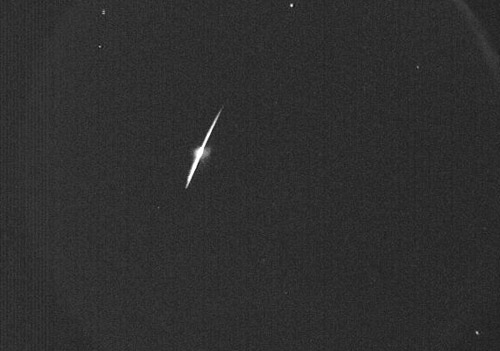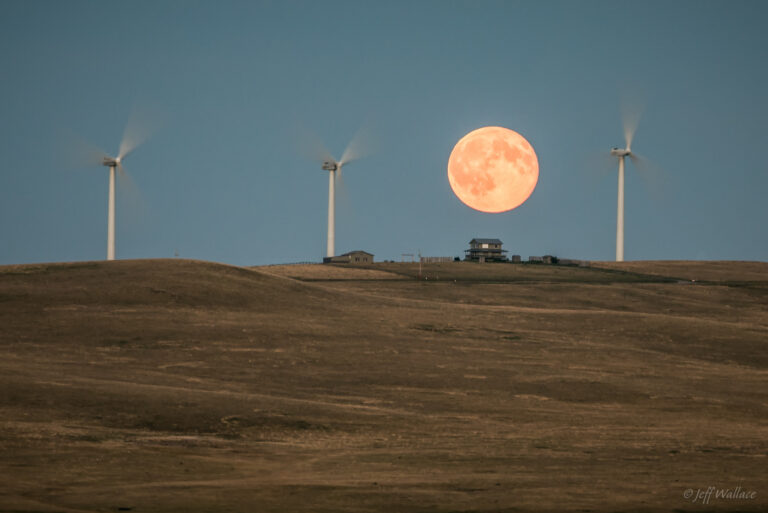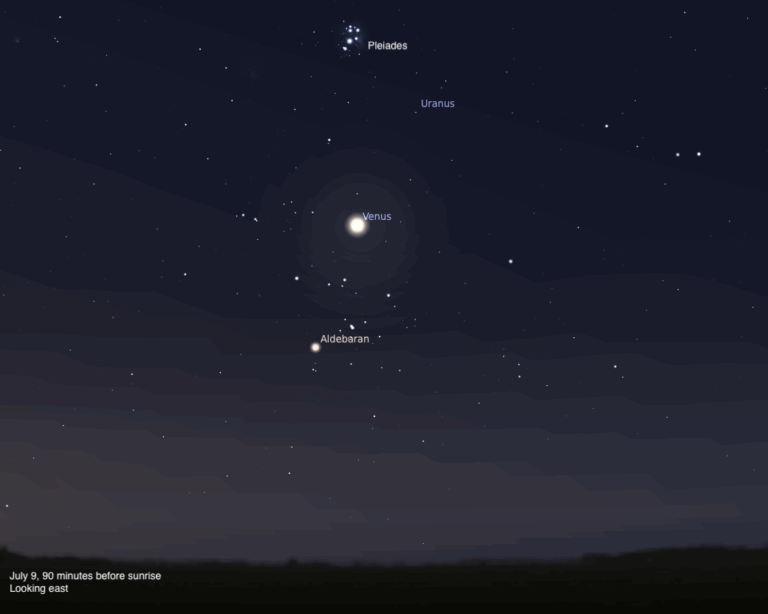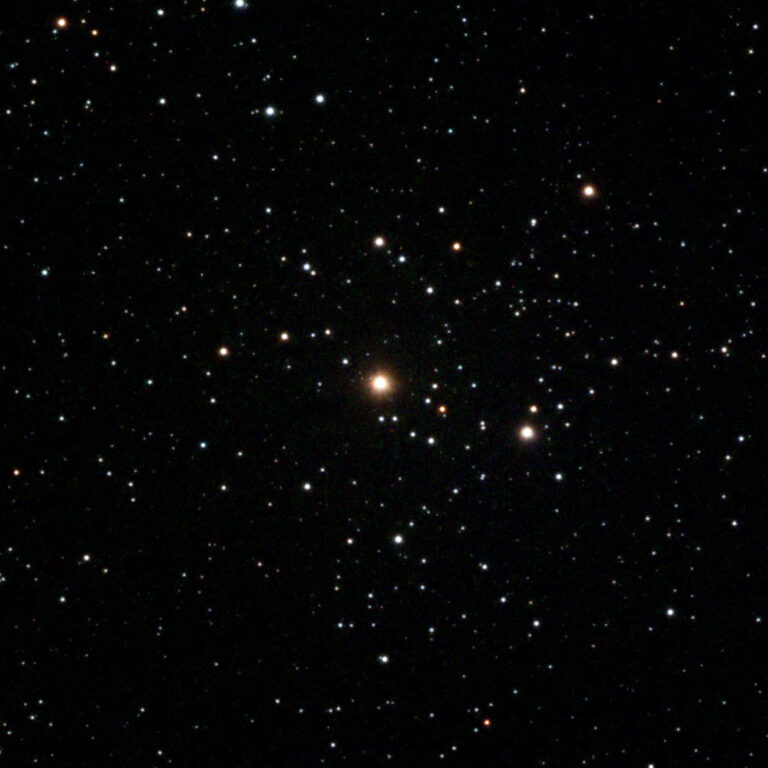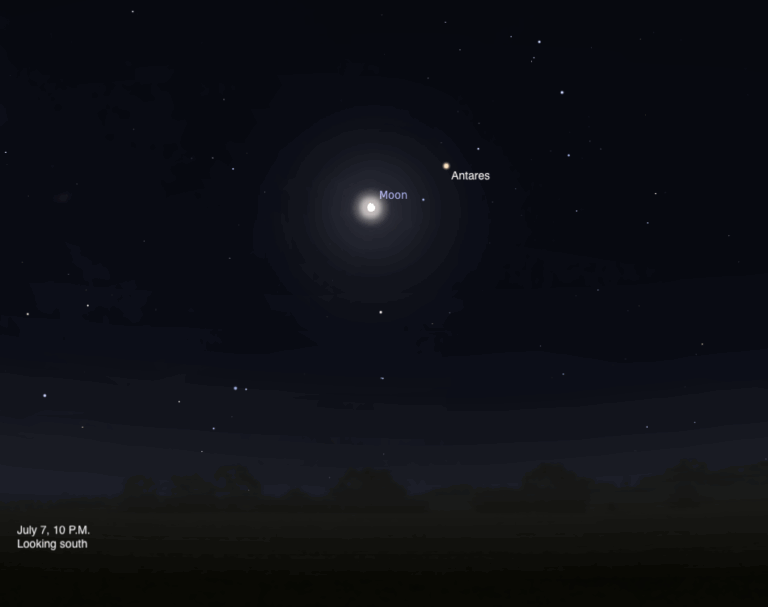Key Takeaways:
Flashlights and glow sticks weren’t the only lights seen across the country this Halloween. People everywhere witnessed a spectacular light show in the sky above the ghosts, witches, and superheroes gathering treats in their neighborhoods: fireballs from the Taurid meteor shower.
Beginning in late October — and continuing even now — pebble-size bits of ice mixed with dust enter Earth’s atmosphere at 62,000 mph (100,000 kilometers/hour). These particles vaporize almost instantly, leaving behind brilliant streaks of light that mark their demise. Much brighter than normal meteors, we call these celestial fireworks “fireballs.”
The debris that burned up so noticeably overhead originated with Comet 2P/Encke, perhaps the inner solar system’s major producer of dust. As Encke moves in its 3.3-year trek around the Sun, it sheds pieces of ice and dust along its orbit. Each year in late October and early November, Earth runs into this stream of particles, producing a meteor shower. Because the meteors appear to come from the constellation Taurus the Bull, this meteor shower is called the Taurids.
The Taurids is normally a weak shower, with an hourly meteor rate so low the shower passes unnoticed. This year, however, is different. In 1993, two astronomers, David Asher of Armagh Observatory in Ireland and Victor Clube at the Royal Observatory in England, postulated that larger pieces of Encke debris could be gravitationally focused into a tight stream contained within the wider trail of smaller particles. Earth does not pass near this narrow “streamlet” often, but when it does, the Taurids flare into a spectacular celestial fireworks display.
A couple of reports made to the North American Meteor Network testify to the spectacular nature of this year’s display. At 9 p.m. on Halloween, a resident of Cranberry Township, Pennsylvania, reported: “I thought it was a firework at first, but [it was] very high in the sky — very long streak — the big blast-ball of light at the tip. … [I] am still in awe of seeing it.”
A report from Cana, Virginia, November 2 reads: “[On] this night I saw several quick fireballs. One was really bright and is the one on which I make this report. It was bright enough to light the ground below it for a moment … 2-3 seconds. The trail it left was (my best guess) 20 to 30 miles across the sky.”
The show should continue for a few more days, perhaps until November 12. If you should miss it, however, don’t worry. Asher and Clube’s calculations indicate a repeat performance in 2008 — another night of Halloween meteors.

